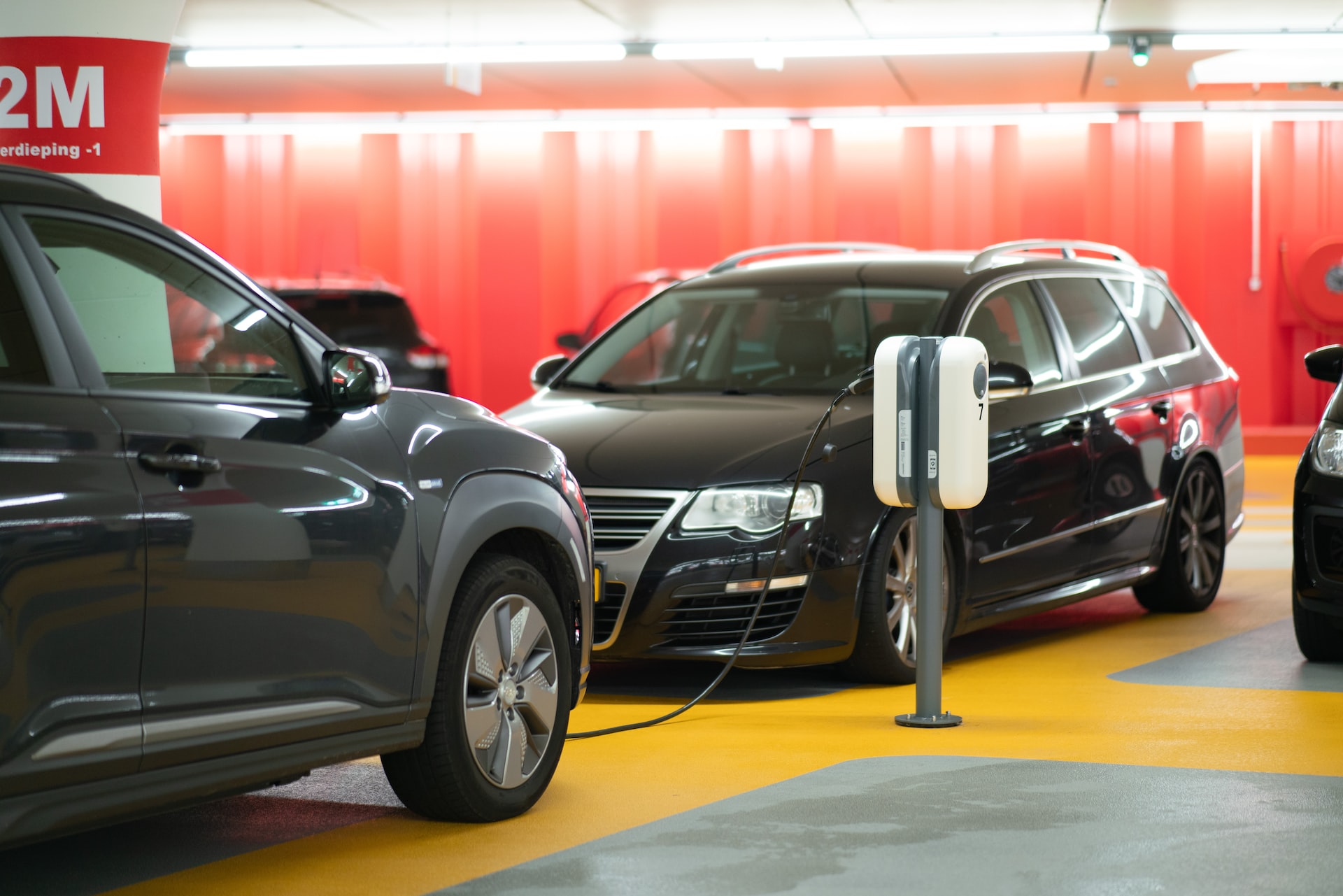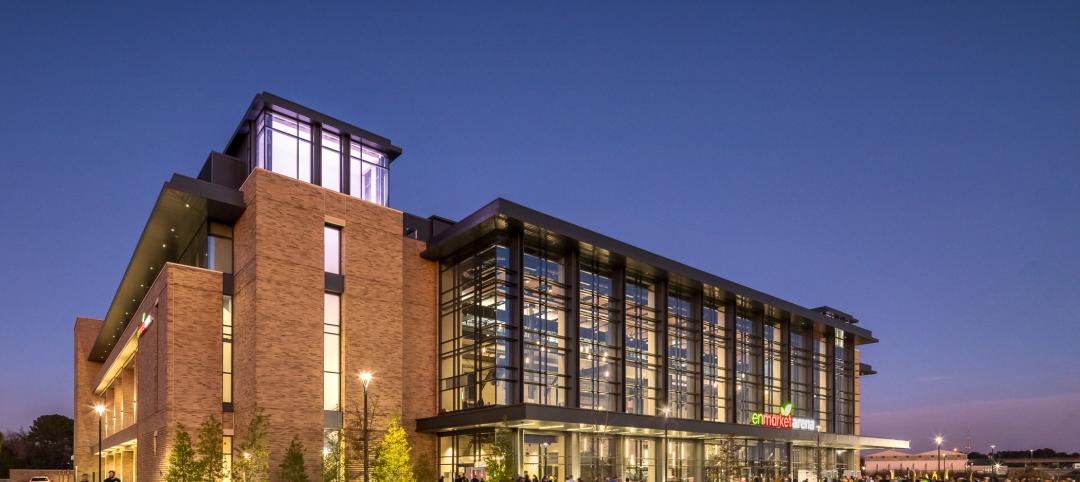Lithium-ion batteries (LIB) have become the dominant technology in phones, laptops, scooters, electric bikes, electric vehicles, as well as large-scale battery energy storage facilities. As such, it is important to systematically consider their impact on fire safety inside buildings, especially since electrification is a critical part of the effort to limit climate change.
The root of the fire safety challenge is thermal runaway in LIBs. This is a process in which overheating, improper charging, construction defects, mechanical abuses, deterioration due to age and use, and similar causes can start an unstable process resulting in the sudden release of hazardous combustible and explosive gases and the initiation of fire.
Different LIB systems can range from highly reliable to less reliable depending on how they are designed, constructed, and used, as well as their safety features. However, the exponential growth in the number of batteries and the high variability in their types and conditions of use means there will be more fires that are related to this technology. Therefore, we need to understand the challenge at different scales and how it should lead to changes in design and construction.
Fire safety concerns with small-, medium-, and large-scale lithium-ion battery applications in buildings
In terms of small-scale applications of this technology, electric mobility devices such as scooters and bikes are widely used, especially in dense urban areas, as a convenient, inexpensive, and rapid means of transportation. Oftentimes, they are stored close to or just behind apartment doors and may be used with non-standard chargers. These devices can initiate fires that are fast and furious with no warning. Because these fires often have a jet flame component and sometimes throw off flammable pieces, they can spread quickly. When stored next to doors, these devices can prevent building occupants from escaping and complicate fire service response and rescue.
By contrast, typical building fires start locally and are slow moving, giving occupants time to respond or escape. This risk is not theoretical. New York City is already experiencing a dramatic rise in the number of fires caused by electric mobility devices. Frequently, improper charging or placement of these devices has contributed to the risk. At this scale, improvements to manufacturer standards, public education, and building rules on where and how electric mobility devices may be stored or charged can help improve fire safety.
At the medium-scale level, individual electric vehicles and small battery energy storage systems (BESS) for single-family residences can have considerable fire potential and require special attention to mitigate the risk. In addition to manufacturer standards, strategies involving appropriate use of fire protection systems, as well as creating distance between the LIB system and the occupied spaces of a building (e.g., separation of parking spaces, installation of BESS outside occupied spaces), can help reduce the threat of fire.
In large-scale applications, large BESS or parking garages with multiple electric vehicles inside a building can pose a significant fire safety challenge. The nature of hazards associated with these systems is different from that of typical fires. These differences can greatly change the risk profile for buildings, their occupants, and first responders. The challenge is driven by the combined fire, explosion, and hazardous material risk of these events. The total heat release of a gas-fueled car and an electric car might not be very different. However, the fire from an electric car can start fast and furious, with jet flames that make it easier to set the next car ablaze as well.
It takes much more water and time to extinguish a fire from an electric car. In addition, any part of the combustible gasses released from the electric vehicle that does not burn could contribute to an unexpected explosion. A parking area, with multiple electric cars in proximity to one another, may experience a fire that spreads much faster, is more difficult to extinguish (due to safety and extinguishment challenges for the fire service) and is, therefore, likely to burn longer. A large-scale LIB BESS inside a building could pose similar challenges.
For this large-scale challenge, there is a need for greater awareness, as well as increased collaboration between stakeholders (including regulating bodies, first responders, technical associations, owners and developers, and design professionals) to fully define the extent of the challenge and develop an outline of solutions. This is a fast-growing and quickly changing environment, and we need proactive, positive engagement from all involved.
Risk mitigation measures for electric vehicles, battery energy storage systems in buildings
Fortunately, for both electric vehicles in indoor parking spaces and large-scale BESS locations inside buildings, some guidance for risk mitigation is clear. It is helpful that the location of risk for both scenarios is known, allowing for targeted design and mitigation approaches to these spaces. Structurally, the building may be designed to withstand longer fires, and structural hardening can be considered if there is an explosion potential.
For fire suppression, various water-based and non-water-based systems are available, each with pros and cons for their use in a given context.
The firefighting infrastructure in a building can also be improved to ensure adequate water through standpipes, as well as safe access for fire service given the unique risks of the LIB-driven fires.
Finally, there are various options to improve the safety of building occupants through design, whether through increasing redundancy of means of egress in high-risk locations, hardening or changing the location of the means of egress as needed, or designing for a safe shelter-in-place strategy inside the building.
We need positive engagement and collaboration between everyone involved, including the authorities having jurisdiction and regulating bodies to recognize the challenge and allow for successful development and application of creative solutions that are appropriate to the context of each building. This is essential to allow for sustained, safe, and expanded adoption of technologies that are important to our fight against climate change.
About the Authors
Ali Ashrafi, PhD., PE, is a Principal, and Elisa Paone, PE, CFEI, is a Vice President with Thornton Tomasetti.
Related Stories
Giants 400 | Aug 22, 2023
Top 115 Architecture Engineering Firms for 2023
Stantec, HDR, Page, HOK, and Arcadis North America top the rankings of the nation's largest architecture engineering (AE) firms for nonresidential building and multifamily housing work, as reported in Building Design+Construction's 2023 Giants 400 Report.
Giants 400 | Aug 22, 2023
2023 Giants 400 Report: Ranking the nation's largest architecture, engineering, and construction firms
A record 552 AEC firms submitted data for BD+C's 2023 Giants 400 Report. The final report includes 137 rankings across 25 building sectors and specialty categories.
Giants 400 | Aug 22, 2023
Top 175 Architecture Firms for 2023
Gensler, HKS, Perkins&Will, Corgan, and Perkins Eastman top the rankings of the nation's largest architecture firms for nonresidential building and multifamily housing work, as reported in Building Design+Construction's 2023 Giants 400 Report.
Hotel Facilities | Jul 26, 2023
Hospitality building construction costs for 2023
Data from Gordian breaks down the average cost per square foot for 15-story hotels, restaurants, fast food restaurants, and movie theaters across 10 U.S. cities: Boston, Chicago, Las Vegas, Los Angeles, Miami, New Orleans, New York, Phoenix, Seattle, and Washington, D.C.
Standards | Jun 26, 2023
New Wi-Fi standard boosts indoor navigation, tracking accuracy in buildings
The recently released Wi-Fi standard, IEEE 802.11az enables more refined and accurate indoor location capabilities. As technology manufacturers incorporate the new standard in various devices, it will enable buildings, including malls, arenas, and stadiums, to provide new wayfinding and tracking features.
Sports and Recreational Facilities | Jun 22, 2023
NFL's Jacksonville Jaguars release conceptual designs for ‘stadium of the future’
Designed by HOK, the Stadium of the Future intends to meet the evolving needs of all stadium stakeholders—which include the Jaguars, the annual Florida-Georgia college football game, the TaxSlayer.com Gator Bowl, international sporting events, music festivals and tours, and the thousands of fans and guests who attend each event.
Performing Arts Centers | Jun 20, 2023
Designing arts spaces that curate inclusivity
GBBN's Julia Clements and Marcene Kinney, AIA, LEED AP, talk tips for designing inclusive arts spaces.
Arenas | Jun 14, 2023
A multipurpose arena helps revitalize a historic African American community in Georgia
In Savannah, Ga., Enmarket Arena, a multipurpose arena that opened last year, has helped revitalize the city’s historic Canal District—home to a largely African American community that has been historically separated from the rest of downtown.
Mass Timber | Jun 13, 2023
Mass timber construction featured in two-story mixed-use art gallery and wine bar in Silicon Valley
The Edes Building, a two-story art gallery and wine bar in the Silicon Valley community of Morgan Hill, will prominently feature mass timber. Cross-laminated timber (CLT) and glulam posts and beams were specified for aesthetics, biophilic properties, and a reduced carbon footprint compared to concrete and steel alternatives.
Museums | Jun 6, 2023
New wing of Natural History Museums of Los Angeles to be a destination and portal
NHM Commons, a new wing and community hub under construction at The Natural History Museums (NHM) of Los Angeles County, was designed to be both a destination and a portal into the building and to the surrounding grounds.

















